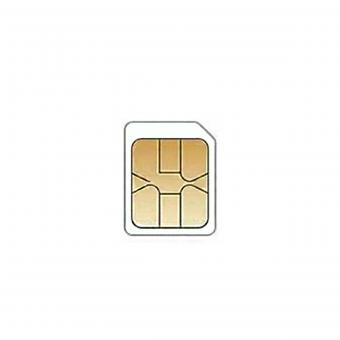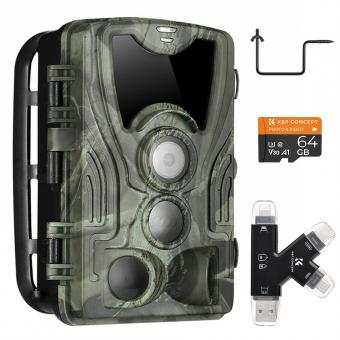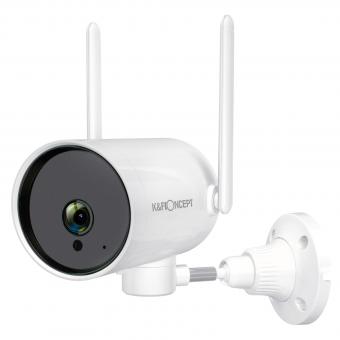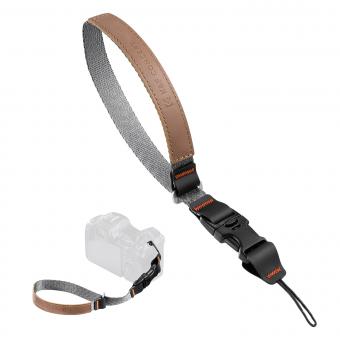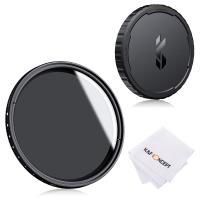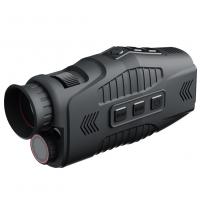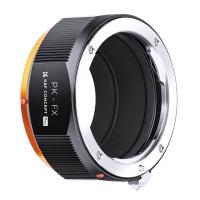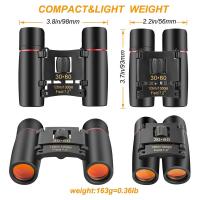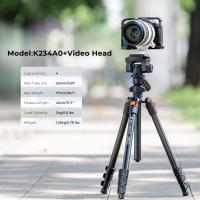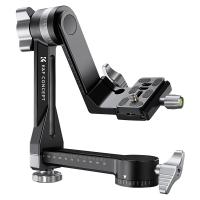Can Blink Cameras Work Without Wifi ?
No, Blink cameras require a Wi-Fi connection to function properly.
1、 Local Storage: Storing footage directly on the camera's memory.
Blink cameras are primarily designed to work with a Wi-Fi connection for optimal functionality. However, they do offer a limited capability to function without Wi-Fi through local storage options.
Blink cameras are equipped with internal memory that allows them to store footage directly on the camera itself. This local storage feature ensures that even if the camera loses its Wi-Fi connection, it can continue to record and store video clips. The camera's memory can hold a certain amount of footage, depending on the model and settings.
When the camera is reconnected to Wi-Fi, it will automatically sync the stored footage to the Blink cloud storage, providing a seamless experience for users. This ensures that even if the camera is offline for a period of time, the recorded footage is not lost.
It's important to note that without a Wi-Fi connection, certain features of the Blink camera may be limited. For example, live streaming, remote access, and real-time notifications may not be available when the camera is not connected to Wi-Fi. However, the camera will still continue to record and store footage locally.
In summary, while Blink cameras are primarily designed to work with a Wi-Fi connection, they can still function to a certain extent without it. Local storage allows the cameras to store footage directly on the device, ensuring that recorded videos are not lost even when the camera is offline.
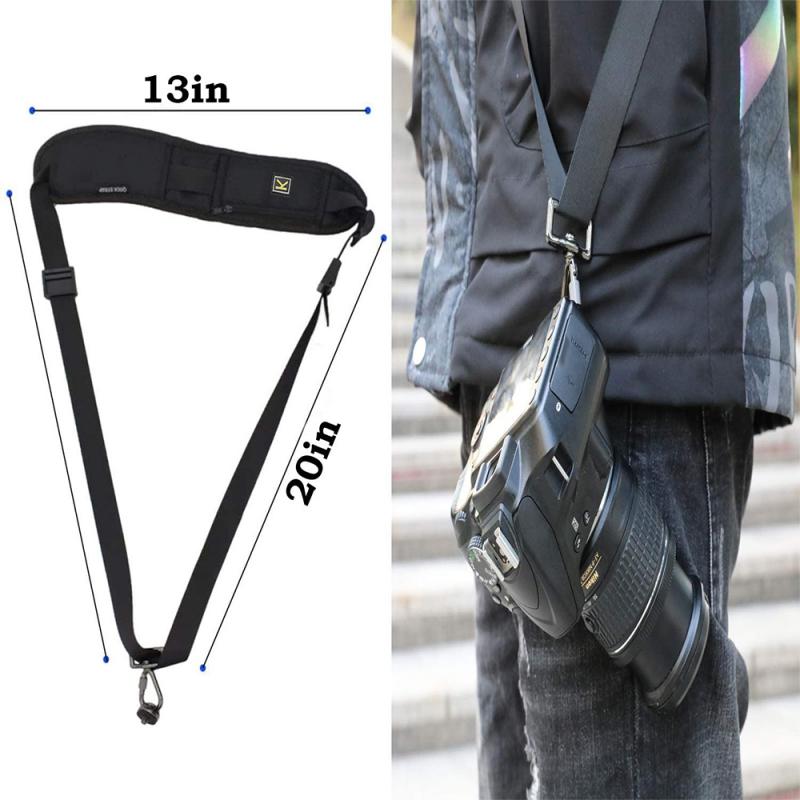
2、 Cellular Connectivity: Using cellular networks for remote access and alerts.
Blink cameras are primarily designed to work with a Wi-Fi connection for remote access and alerts. However, there are certain models of Blink cameras that offer cellular connectivity as an additional feature. This means that these specific cameras can work without Wi-Fi by utilizing cellular networks for remote access and alerts.
Cellular connectivity allows the Blink cameras to connect to the internet using a cellular data plan, similar to how a smartphone accesses the internet when Wi-Fi is not available. This feature enables users to monitor their Blink cameras and receive alerts even in areas where Wi-Fi is not accessible.
The advantage of cellular connectivity is that it provides a reliable and consistent connection, ensuring that users can access their cameras and receive real-time notifications regardless of their location. This is particularly useful for outdoor surveillance or remote monitoring applications where Wi-Fi may not be available or reliable.
It is important to note that not all Blink camera models come with cellular connectivity. Therefore, it is essential to check the specifications and features of the specific model you are interested in before purchasing.
As technology continues to advance, it is possible that future iterations of Blink cameras may offer enhanced connectivity options, including improved cellular capabilities or other alternative methods for remote access and alerts.

3、 Wired Ethernet: Connecting the camera to a wired network for functionality.
Blink cameras are primarily designed to work with a Wi-Fi connection for remote access and functionality. However, there is an alternative option available for those who do not have access to Wi-Fi or prefer a wired connection. Blink cameras can be connected to a wired network using an Ethernet cable.
By connecting the camera to a wired network, you can still enjoy the basic functionality of the Blink camera system. This includes motion detection, video recording, and local storage of footage. However, it's important to note that without a Wi-Fi connection, you will not be able to access the live feed or receive notifications on your mobile device.
The ability to connect Blink cameras to a wired network provides flexibility for users who may have limited or no Wi-Fi coverage in certain areas. It also ensures a more stable and reliable connection compared to relying solely on Wi-Fi.
It's worth mentioning that the latest point of view regarding Blink cameras without Wi-Fi is that they are primarily designed to work with a Wi-Fi connection. While the option to connect via wired Ethernet exists, it may not provide the same level of convenience and functionality as a Wi-Fi connection. Therefore, it is recommended to use Blink cameras with a Wi-Fi connection whenever possible to fully utilize their features and capabilities.

4、 SD Card Support: Utilizing SD cards for local storage and playback.
Blink cameras are primarily designed to work with a Wi-Fi connection for live streaming and remote access to footage. However, they do offer SD card support for local storage and playback. This means that even without a Wi-Fi connection, you can still use Blink cameras to record and store footage directly onto an SD card.
SD card support allows you to have a backup of your footage in case of a Wi-Fi outage or if you simply prefer to have a physical copy of your recordings. It also provides the convenience of being able to access and review footage directly from the SD card without the need for an internet connection.
It's important to note that while Blink cameras can function without Wi-Fi for local storage, some features may be limited or unavailable. For example, without a Wi-Fi connection, you won't be able to receive real-time alerts or access the live stream remotely. However, once the Wi-Fi connection is restored, the camera will sync with the Blink cloud and you can access all the features and functionality again.
In conclusion, while Blink cameras are primarily designed to work with a Wi-Fi connection, they do offer SD card support for local storage and playback. This allows you to use the cameras even without Wi-Fi, providing you with a backup of your footage and the ability to review recordings directly from the SD card.


